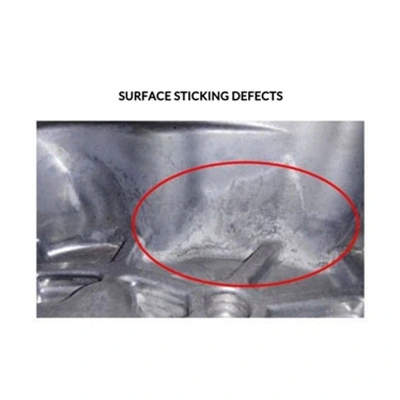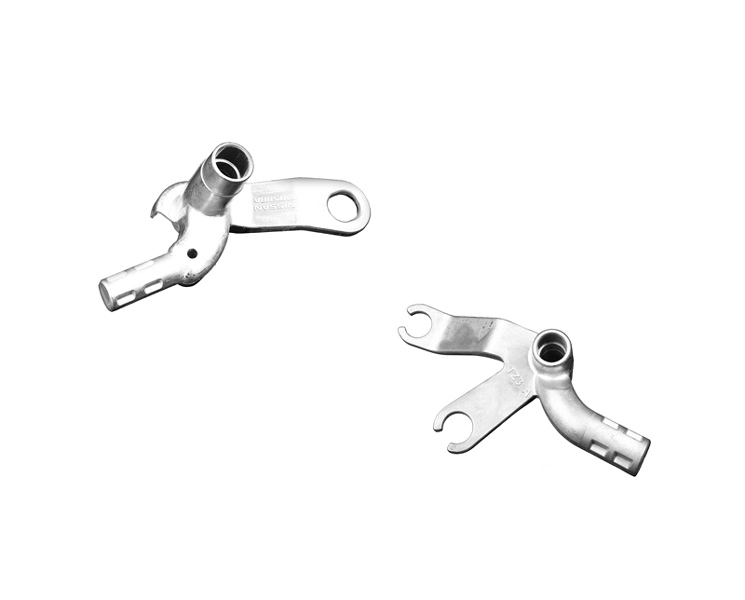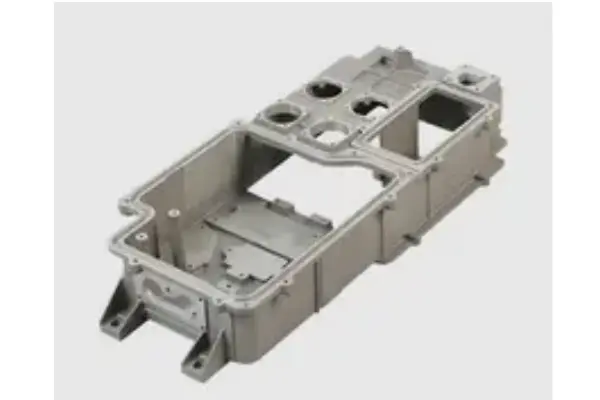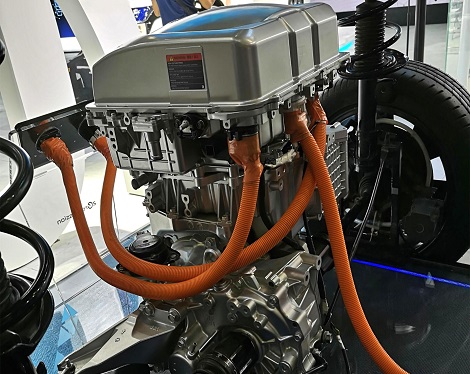

1. Adjust die casting process parameters
The setting of process parameters has a great influence on the sticky mold, such as the size of pressure and speed, the pouring temperature of the alloy, the temperature of the mold, etc., so the reasonable process parameters should be calculated according to the structure and use requirements of the casting.
2. Improve the design structure of the gating system
The design structure of the improved gating system is to prevent the alloy liquid from continuously washing the cavity wall or core, and to appropriately increase the cross-sectional area of the inner gate. Change the position of the gate and the direction of introduction, so that the introduction is in a wide and thick position, and try to adopt the open pouring system of the bottom injection method. Sticking at the intersection: Start to improve the mold runner. The high gate speed makes the temperature of the local mold of the metal impact wall rise, and the formation of the sticky mold is faster, so you need to consider reducing the gate speed.
3. Temperature control of aluminum alloy mold
The higher the mold temperature, the easier it is to produce sticky molds. In the actual production process, we can use infrared thermometers to detect the mold sticking parts, control the mold temperature between 150 ℃ ~ 220 ℃, so that the mold reaches thermal equilibrium. The casting temperature of aluminum alloy is set to the minimum according to the requirements of castings, between 610 ℃ ~ 680 ℃, to reduce the formation of sticky mold.
4. Mold surface treatment
Some surface treatment methods can prevent the occurrence of sticky molds. Special materials with higher melting points should be used to treat the surface of the mold. Various materials to prevent the occurrence of sticky molds can also be used to treat the surface of the mold to improve the surface of the mold. The hardness of the material at high temperature, the method of reducing the activity of the mold surface to avoid sticking the mold and other ways.
5. Adjust the spraying position and spraying amount; check the hardness value of the mold, adopt heat treatment and nitridation or replace the mold material; reduce the injection speed appropriately; increase the mold cooling, increase the spraying on the overheated position, and apply the Install a cooling system, etc.


